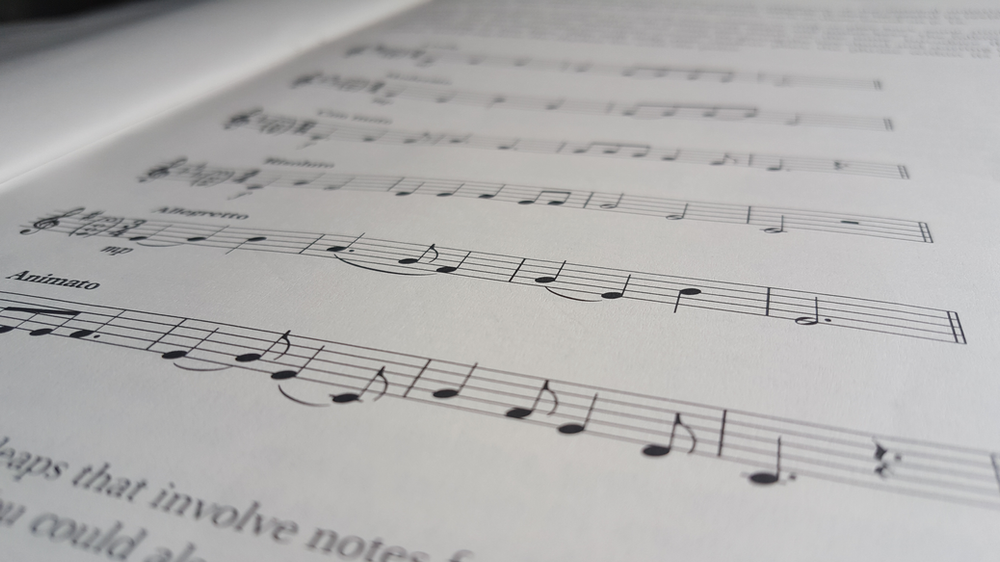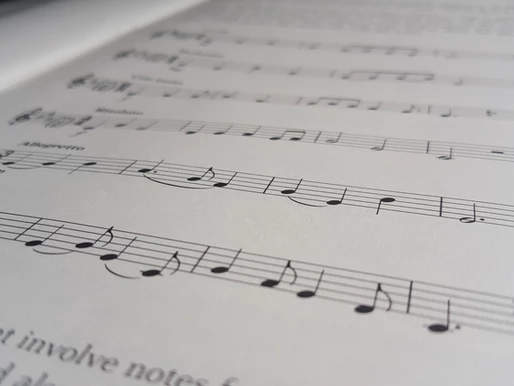Piano Lessons, Uncategorized
Abrsm aural test piano – grade 5
Grade 5 Aural tests
Following up with her previous articles, Sabrina brings the third part of this series. She explains all about the Aural Test for grade 5 students.

Preparing the Grade 5 Aural Test for our students.
The tasks are very similar to the ones in Grade 4. Please refer to the previous article to get some practice ideas. Links aforementioned.
The first part of the abrsm aural tests grade 5 is:
- Melodic Repetition: the candidate is required to sing or play from memory a melody heard twice. The melody will begin on a note from the tonic triad, it will be no longer than 4 bars and it will be in two, three or four times. The candidate may sing or play dynamics and articulation, but the examiner will assess only pitch and rhythm accuracy. The melody will be in a major or minor key up to three sharps or flats.
The preparation method is the same as for Grade 4. Please refer to the previous article for tips.
The Second part of the abrsm aural tests grade 5 is:
- Sight Singing: the candidate is required to sing six notes from score in free time. One can choose to sing in treble or bass clef. The notes will be within the range of a 5th above and a 4th below the tonic in a major key up to 2 sharps or flats. The starting and the ending note will be the tonic.
How to prepare:
In addition to what I previously suggested in Grade 4 it is also important to practise the interval of 4th in the key of C major, G major, D major, F major and Bb major. It is a good exercise for the students to answer as echo after the teacher has played this interval on the piano.
The Third and last part of the ABRSM Grade 5 aural:
- Musical features: after listening to a piece by the examiner, the candidate will answer questions about dynamics, articulation, tempo change or tonality, character and the new topic about style and period.
How to prepare:
For the other questions please refer to the previous article, as I take the opportunity to focus on the new questions about style and period.
It can be challenging for a child to fully describe the historical context and stylistic feature of a piece. My suggestion is to prepare a set of ready-made vocabulary for the students and to learn it in advance to gain more confidence.
– Baroque:
- Energetic and lively rhythm with 18th century dance character melody (minuet, gigue, courante);
- Limited use of the keyboard range as these composition were originally played on the harpsichord;
- Limited use of dynamics (on the harpsichord is not possible to play louder or softer);
- Use of ornamentation: as dynamics were not possible, the use of trills, turns, mordents made the melody richer and vary;
- The sound of the harpsichord remind us to a guitar and that`s why Baroque music has a bouncy, staccato, detached articulation.
- Imitation between voices.
Please listen to J.S. Bach, Handel, Scarlatti, Couperin, Rameau to get familiar to the style. Also a good tip is to learn some composers names too: that would give a good impression to the examiner and get higher marks in your Grade 5 Aural Tests!
– Classical:
- Regular and clear phrases (4+4 bars);
- Elegant and refined melody;
- Simple texture: melody with accompaniment that outlines the simple harmony, melody with chords or Alberti bass (broken chord accompaniment);
- Use of dynamics such as crescendo and diminuendo.
Some composers to listen to: Mozart, Beethoven (early period), Clementi, Haydn.
– Romantic:
- Use of rubato and flexible tempo;
- Lyrical and dramatic melodies;
- Extensive use of pedal;
- Thicker texture with extensive use of chords and melodic lines moving through the voices;
- Wider use of dynamics and different nuances of the same colour (ppp, pp, p – fff, ff, f…..)
Some composers to listen to: Brahms, Chopin, Grieg and Schumann
– 20th Century:
- Rhythmical compositions with the use of syncopation and jazzy ideas;
- Phrases are not regular;
- Discordant harmonies and use of various chords;
- Sudden dynamics changes ( very loud to very soft or vice versa)
Some composers to listen to: Bartók, Debussy, Prokoviev.
- Rhythmic repetition and metre: the examiner will extract from the previous piece (up to six bars) and ask the candidate to clap back the rhythm and state if it was in two, three or four times.
The practice tips are the same as the one mentioned in the previous article. As the melody is getting longer it is a good idea to practice one phrase at a time before putting them together.
Here the updates of the ABRSM exams due to the Covid-19 restrictions;
Practise makes it perfect, good luck!
Book your trial piano lesson with us now and learn ABRSM!
#musiclessonslondon #pianolessonsLondon #adultpianolessons #pianoteacherslondon #SabrinaCurpanen #grade5auraltests #grade5abrsm #auralgrade5 #auralgrade5abrsm #grade5auraltest

